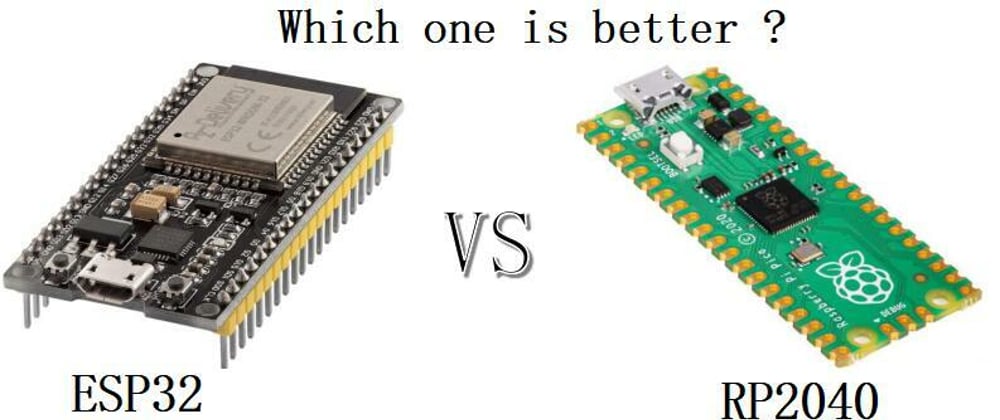Overview of RP2040
The Raspberry Pi RP2040 is the company's first microcontroller. It brings to the microcontroller arena our distinctive values of great performance, low cost, and ease of use. It provides professional users with unrivaled power and flexibility because to its huge on-chip memory, symmetric dual-core processing complex, deterministic bus fabric, and comprehensive peripheral set reinforced with our innovative Programmable I/O (PIO) subsystem. It provides the lowest possible barrier to entry for beginning and amateur users, with thorough documentation, a polished MicroPython port, and a UF2 bootloader in ROM.
The RP2040 is a stateless device with external QSPI memory cached execute-in-place functionality. This design option allows you to select the right density of nonvolatile storage for your application while also taking advantage of commodity Flash's low pricing.
The RP2040 is built on a cutting-edge 40nm process node that delivers great performance, low dynamic power consumption, and low leakage, as well as a range of low-power modes to facilitate extended battery operation.
Overview of ESP32
ESP32 is a low-cost, low-power system on a chip (SoC) series with Wi-Fi and dual-mode Bluetooth features developed by Espressif Systems! The chips ESP32-D0WDQ6 (and ESP32-D0WD), ESP32-D2WD, ESP32-S0WD, and the system in package (SiP) ESP32-PICO-D4 are all part of the ESP32 family. A dual-core or single-core Tensilica Xtensa LX6 microprocessor with a clock rate of up to 240 MHz is at its heart. Antenna switches, RF baluns, power amplifiers, low-noise receive amplifiers, filters, and power management modules are all included into the ESP32. ESP32 is designed for mobile devices, wearable electronics, and IoT applications, and it uses power-saving technologies including fine resolution clock gating, numerous power modes, and dynamic power scaling to achieve ultra-low power consumption.
Conclusion:
The Raspberry Pi Pico is a beginner-friendly microcontroller board that uses MicroPython to provide a warm introduction to the IoT branch and microcontrollers. The RP2040 is a well-designed microprocessor that may be used in practically any IoT project. It has sufficient power to get the job done efficiently. ARM M0+ is the CPU type for the dual-core processor. All of these capabilities for about $4 is a fantastic price, especially for students who want board for a variety of projects that do not require wifi access.
The ESP 32, on the other hand, is a small but powerful microcontroller board. It is a very well-developed microchip that may be utilized in a variety of IoT applications because to its low cost, low power consumption, and small size. This microcontroller board, on the other hand, has earned a reputation as one of the best boards for IoT developers because to its wireless connectivity and other fascinating features.
If you want to learn more, try to follow the below link to see the article about RP2040 VS ESP32.
If you are interested in these products, try to follow the below link to see ESP32.







Latest comments (0)